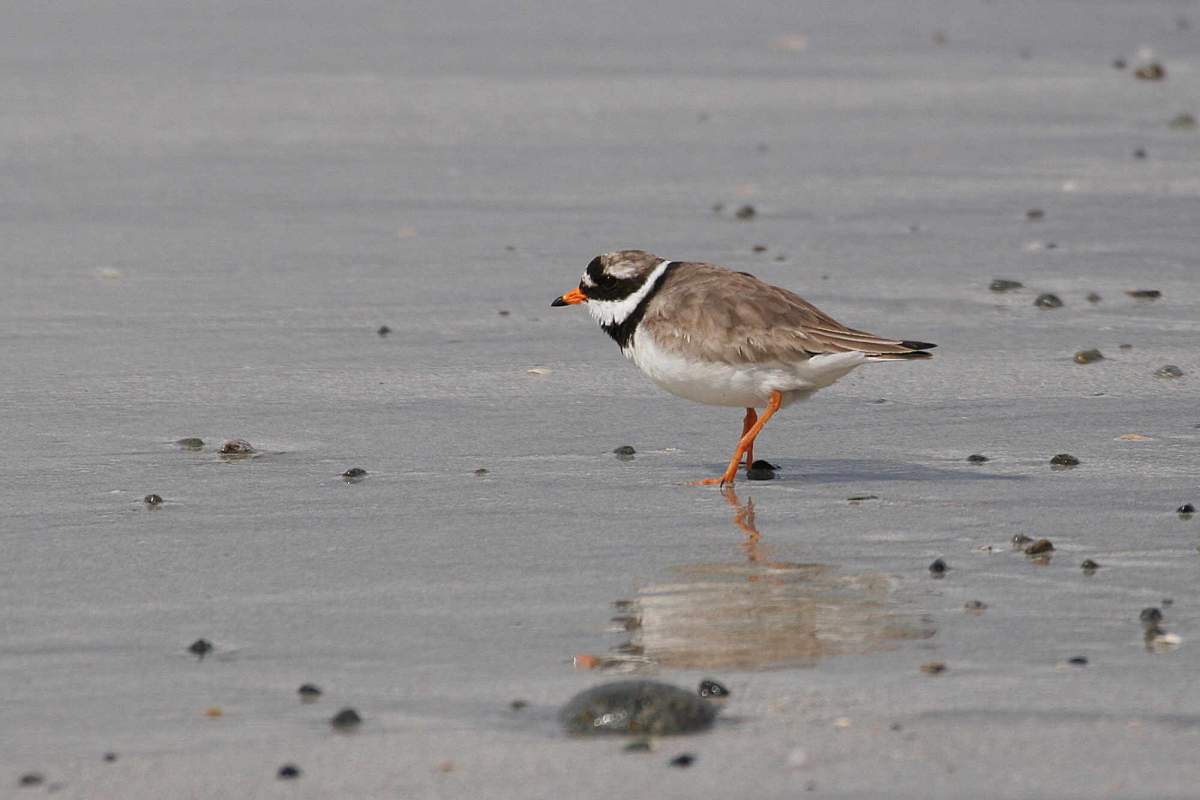BTO create and publish a variety of important articles, papers, journals and other publications, independently and with our partners, for organisations, government and the private sector. Some of our publications (books, guides and atlases) are also available to buy in our online shop.
Annual report of the Seabird Monitoring Programme
Seabird Population Trends and Causes of Change: 1986–2023
This report presents the latest seabird population trends in breeding abundance and productivity using data from the Seabird Monitoring Programme (SMP).
The report documents changes in the abundance and productivity of breeding seabird species in Britain and Ireland from 1986 to 2023, and provides a detailed account of the 2021, 2022 and 2023 breeding seasons.

Search settings
Effects of tracking devices on individual birds – a review of the evidence
Author: Geen G.R., Robinson R.A., Baillie S.R.
Published: 2019
Newly-published work by BTO has reviewed the long-term patterns in the use of tracking devices on individual birds, and how the effects of the use of such devices are reported. More than 3,400 peer-reviewed publications were included in this review. The numbers of papers based on tracking studies increased by 4.4% per year between 1962, when this technology was first deployed, and the end of 2017. The types of ecological questions addressed with tracking devices varied between groups of species. For example, seabirds have mostly been tracked for studies on foraging and energetics, while landbirds have primarily been tracked to investigate habitat use and dispersal. Migration was the most common study topic across all species.
28.01.19
Papers
Breeding populations of Little Ringed Plover Charadrius dubius and Ringed Plover Charadrius hiaticula in the United Kingdom in 2007
Author: Conway G.J., Austin G.E., Handschuh M., Drewitt A.L. & Burton N.H.K.
Published: 2019
Newly published research by BTO has shed light on the differing fortunes of two small wading bird species breeding in the UK. Little Ringed Plover first bred in the UK in Hertfordshire in 1938. Breeding numbers have increased steadily since, accompanied by a range expansion to the north and west. The species is Green-listed in the UK Birds of Conservation Concern. The Ringed Plover, by contrast, is on the UK Birds of Conservation Concern Red list. Both species were surveyed in 1984, and again in 2007.
22.01.19
Papers

Site-based adaptation reduces the negative effects of weather upon a southern range margin Welsh black grouse Tetrao tetrix population that is vulnerable to climate change
Author: Pearce-Higgins, J.W., Lindley, P.J., Johnstone, I.G., Thorpe, R.I., Douglas, D.J.T. & Grant, M.C.
Published: 2019
19.01.19
Papers
Investigating wader breeding productivity in the East Cairngorms Moorland Partnership Area using collaborative methods
Author: Jarrett D., Calladine J., Milner J., Wernham C., Wilson M.
Published: 2019
Breeding wader populations have declined significantly in recent decades in the UK. During this time, areas of moorland managed for grouse shooting and adjacent areas of rough pasture have been identified as persisting strongholds. A contributory cause to wader population declines is afforestation, and in the Cairngorms National Park (CNP) there is likely to be significant woodland expansion (with associated conservation gains for woodland biodiversity) in areas currently holding breeding waders. Land management planning in the CNP requires a balance between these and other competing objectives.
18.01.19
Reports
Exploring relationships between land use intensity, habitat heterogeneity and biodiversity to identify and monitor areas of High Nature Value farming
Author: Maskell L.C., Botham M., Henrys P., Jarvis S., Maxwell D., Robinson D.A., Rowland C.S., Siriwardena G., Smart S., Skates J., Tebbs E.J., Tordoff G.M.,Emmett B.A
Published: 2019
11.01.19
Papers